In the building I live, the hallway lights can be turned on by pressing any button that are scattered around the building, and all the lights will go on for a given time. I'm pretty sure that its totally analog, since it's decades old for sure. What is the working principle of this?
I'm thinking that pressing the switches might charge a capacitor, which slowly discharges through an electromagnet, which keeps the lights on for some time. This would require cables running from all the switches to a capacitor and from there back to all the lamps, which is a lot of cables. Does anyone know how they did these "back in the days" (I'm guessing modern systems would be simply digitalized with some cheap microprocessor).
Thanks!

